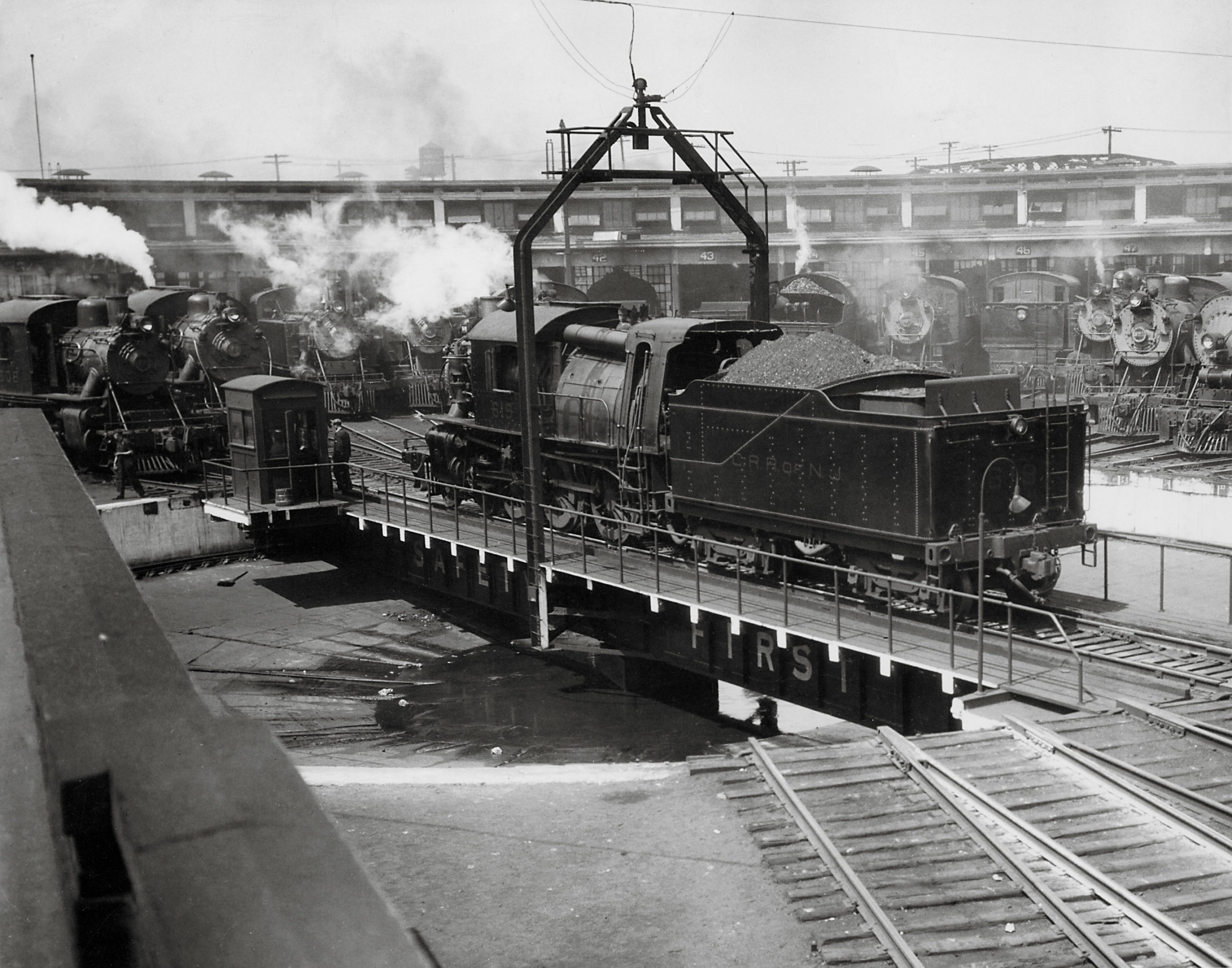Looks like you have the Atlas turntable, with the whisker tracks set at 15 degrees. As Dave’s image shows, there where several railroad turntables that were full 360 degree circle. Some spaced their whiskers at least as narrow as 8 degrees, maybe some did even narrower based on how much room they had.
The issue with this design (full circle) is movement of a lot of engines in or out over a short period of time is limited by the one bridge. Several railroads had two or more turntables at one location, with whiskers over only 200 degrees or so. There are images on the web of these multi-turntable locations. There are also turntables with only a couple of whiskers.
So, back to your question. If it doesn’t look good to you, change it to something that does. There was probably a prototype of it somewhere.

 Looking for opinions on approximately how many turntable spurs would be used in real railroading. I maximized mine for engine storage but it always appears somewhat toy-like to me. Thinking of making changes. Posting pictures would be much appreciated.
Looking for opinions on approximately how many turntable spurs would be used in real railroading. I maximized mine for engine storage but it always appears somewhat toy-like to me. Thinking of making changes. Posting pictures would be much appreciated.































